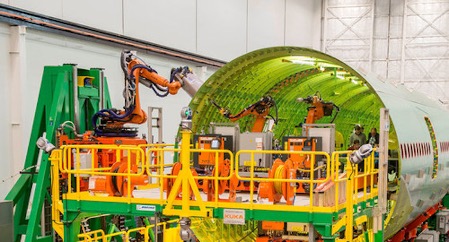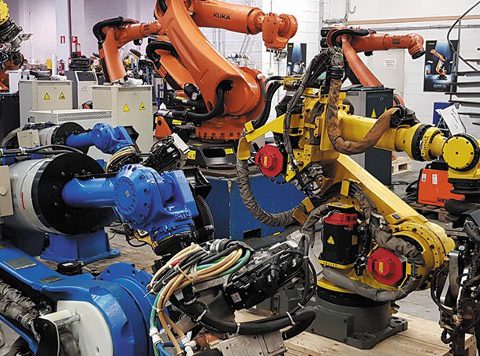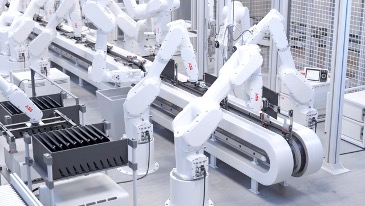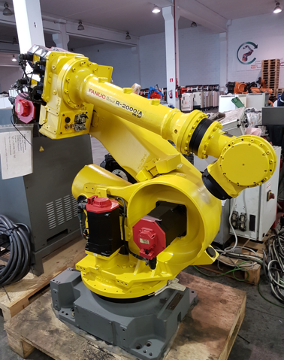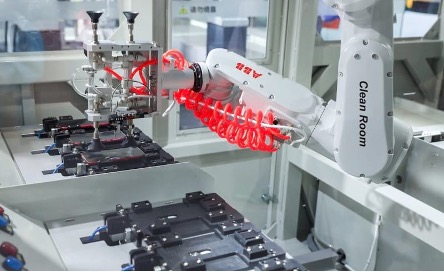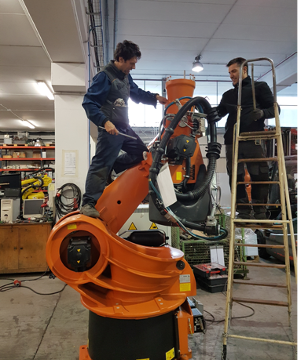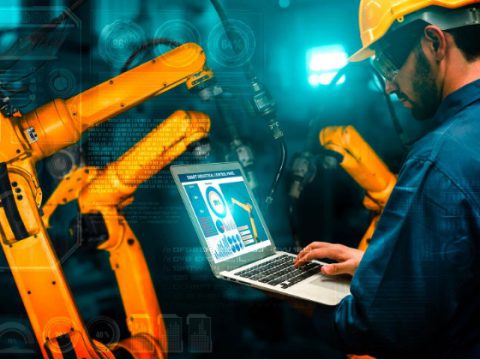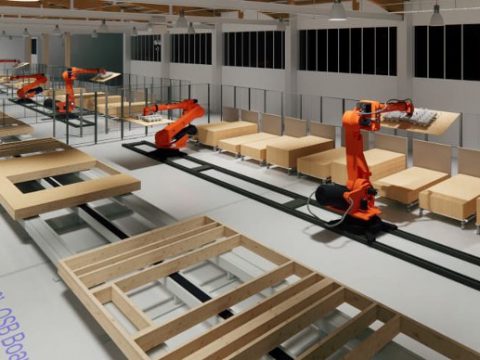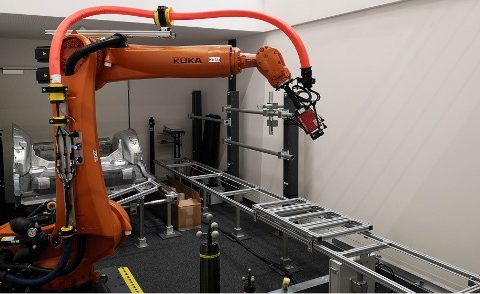HAS KUKA POSITIONED ITSELF AS A WORLD LEADER IN INDUSTRIAL AND SERVICE ROBOTICS ?
Industrial and service robotics is a field that has experienced great development in recent decades, driven by the demand for efficient, flexible and safe automation solutions for various sectors and applications. Among the companies that have stood out in this field, one of the most recognized and prestigious is KUKA, a German company founded in

